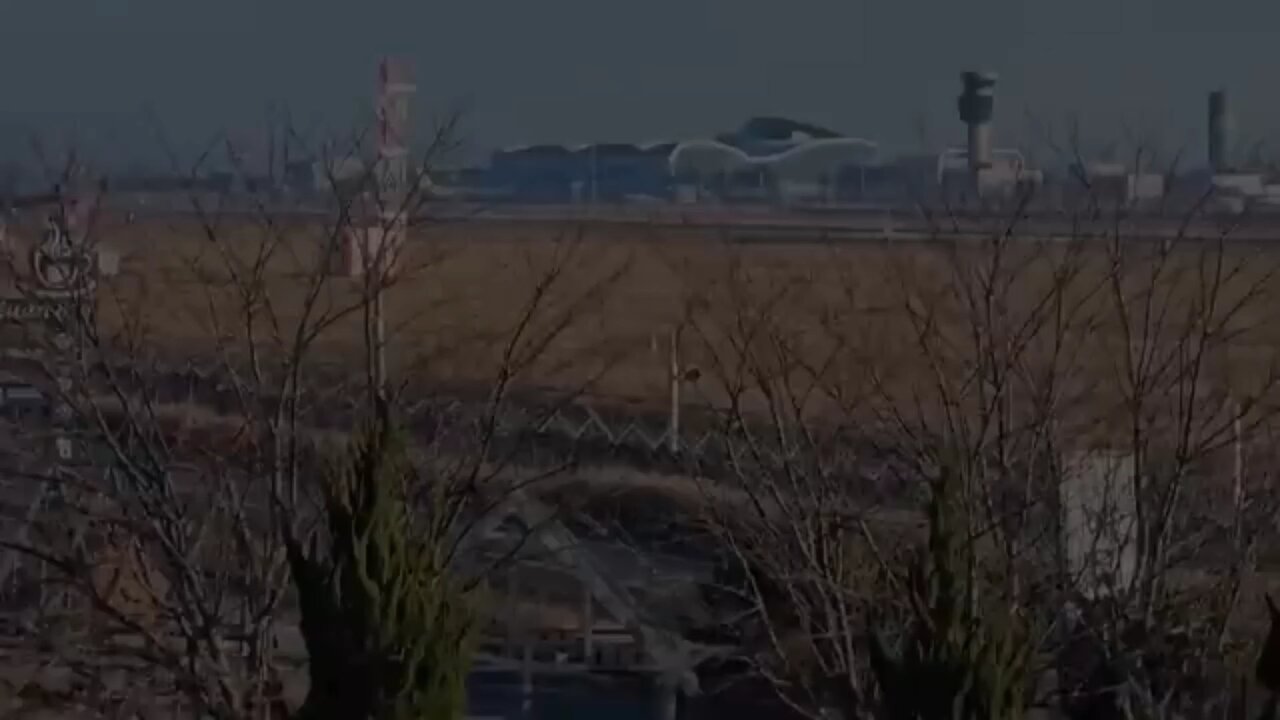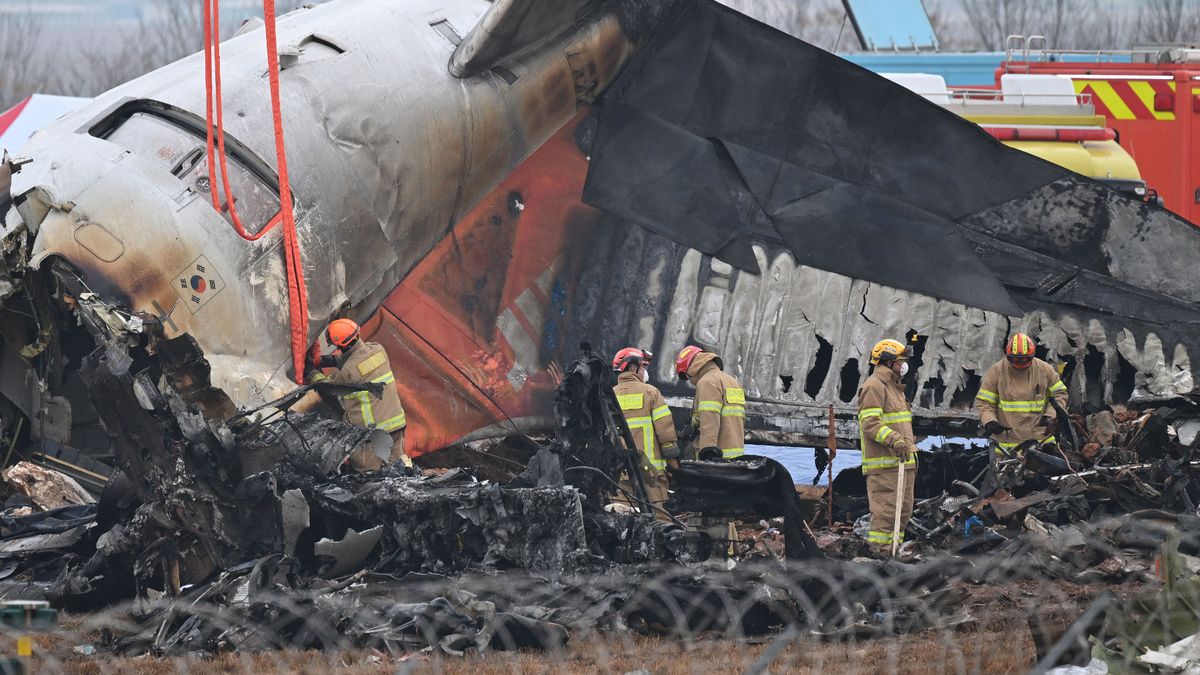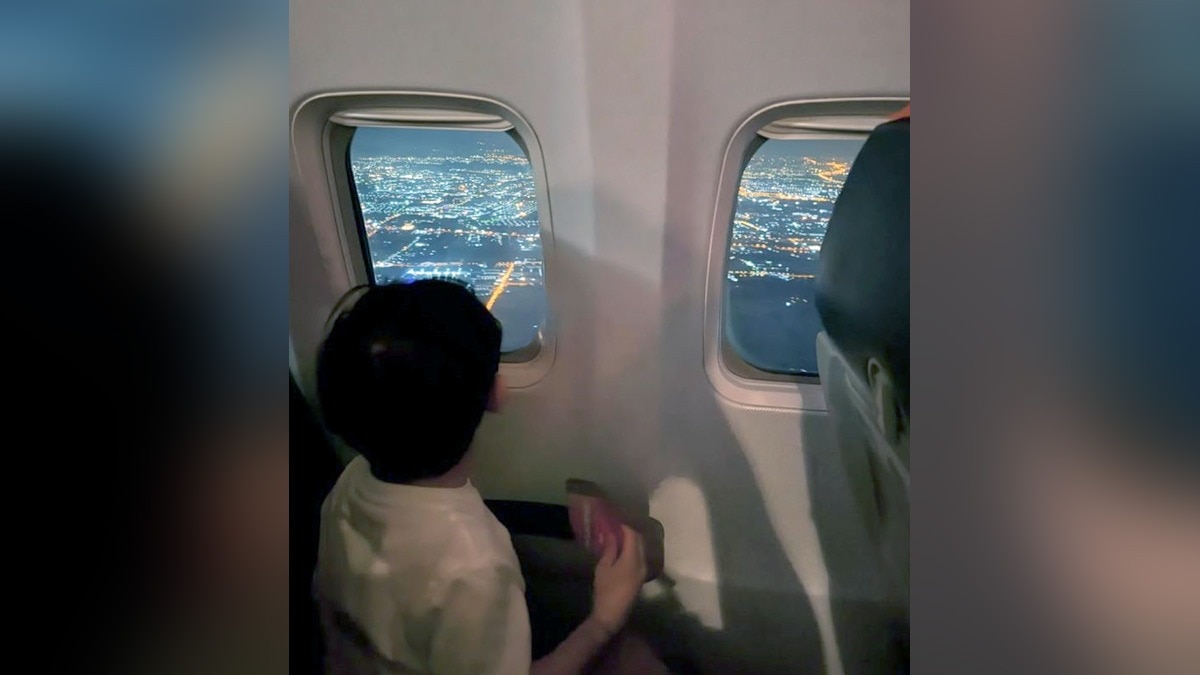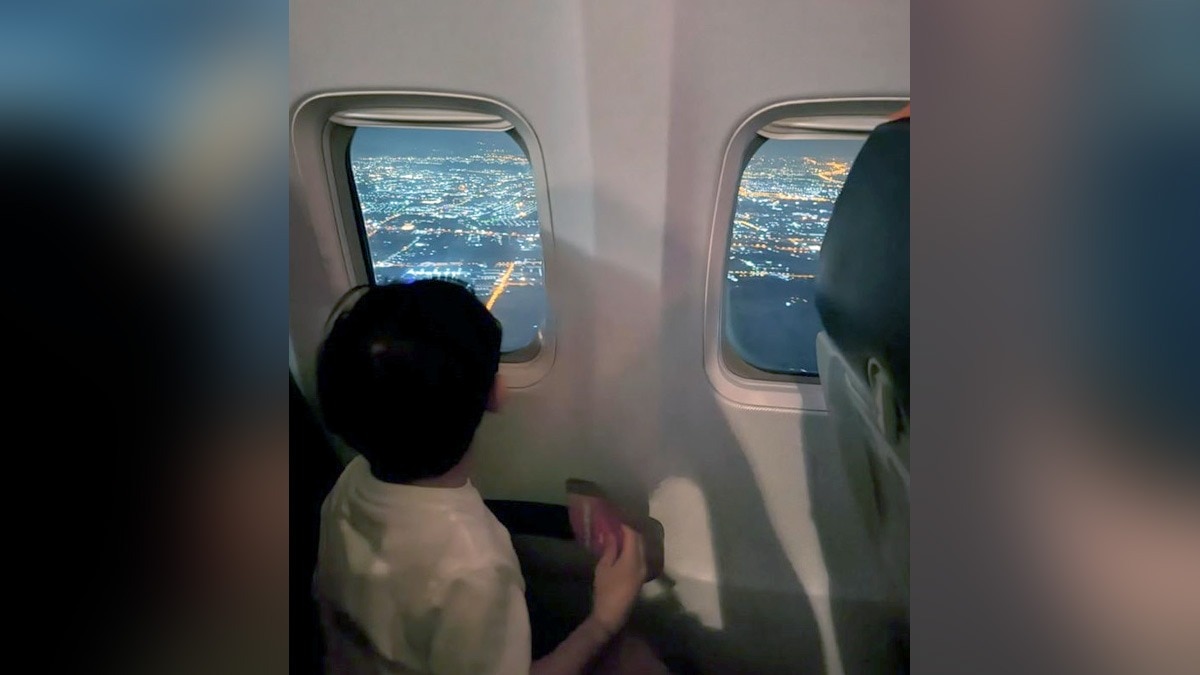Plane crash in South Korea: These devastating events aren’t just isolated incidents; they’re complex stories weaving together geography, technology, human error, and national response. Understanding these crashes requires looking at the bigger picture – from the historical context and geographical challenges to the technological advancements and human factors involved. This exploration will delve into the specifics, examining past tragedies to understand how South Korea has addressed aviation safety and what improvements can still be made.
So, you heard about that plane crash in South Korea? It’s a pretty serious situation, and if you want the latest updates and eyewitness accounts, you should check out the discussion happening on korea plane crash reddit. People are sharing info and speculating, so it’s a good place to get a feel for the immediate aftermath of the South Korean plane crash.
Just remember to take everything with a grain of salt until official reports come out.
We’ll explore the historical context of plane crashes in South Korea, analyzing significant events and their impact on aviation safety regulations. We’ll examine the influence of South Korea’s unique geography and weather patterns on air travel, delve into the technological aspects and safety measures in place, and analyze the role of human factors in past accidents. Finally, we’ll compare South Korea’s approach to aviation safety with international best practices, using a detailed case study to illustrate the complexities involved.
Historical Context of Plane Crashes in South Korea: Plane Crash In South Korea
South Korea’s aviation history, like that of many nations, includes periods of significant advancements alongside tragic accidents. Examining these events, the subsequent regulatory changes, and comparative safety data provides valuable insight into the evolution of aviation safety in the country.
Significant Plane Crashes in South Korea
Several major plane crashes have shaped South Korea’s aviation safety landscape. Analyzing these incidents chronologically reveals patterns and informs future preventative measures.
| Date | Location | Airline | Casualties |
|---|---|---|---|
| [Date 1] | [Location 1] | [Airline 1] | [Number of Casualties 1] |
| [Date 2] | [Location 2] | [Airline 2] | [Number of Casualties 2] |
| [Date 3] | [Location 3] | [Airline 3] | [Number of Casualties 3] |
Evolution of Aviation Safety Regulations
Following major accidents, South Korea has implemented numerous regulatory changes to enhance aviation safety. This timeline illustrates key milestones in this evolution.
Plane crashes in South Korea are thankfully rare events, but they always make headlines. One particularly tragic incident involved a jeju plane crash , highlighting the importance of rigorous safety protocols in the aviation industry. Understanding these past events helps improve future air travel safety across South Korea.
- [Date]: [Regulation/Policy Change] following [Crash Name/Event]
- [Date]: [Regulation/Policy Change] following [Crash Name/Event]
- [Date]: [Regulation/Policy Change] in response to [Safety Concern]
Comparison of Safety Records

A comparison of South Korean airlines’ safety records with international averages provides context for assessing the country’s performance. This requires analyzing data from reputable sources such as the Aviation Safety Network.
While South Korean airlines have generally maintained a good safety record, specific incidents highlight areas for improvement and the need for ongoing vigilance.
Geographic Factors and their Influence
South Korea’s unique geography presents specific challenges to air travel. Understanding these factors is crucial for mitigating risks and enhancing safety.
Geographical Challenges and Airport Infrastructure
The mountainous terrain and frequent inclement weather significantly impact flight operations. Airport infrastructure limitations in certain areas further exacerbate these challenges.
| Airport | Geographical Characteristics | Risk Factors |
|---|---|---|
| [Airport 1] | [Description of geographical characteristics, e.g., mountainous terrain, proximity to water] | [Associated risk factors, e.g., high terrain, potential for fog, susceptibility to typhoons] |
| [Airport 2] | [Description of geographical characteristics] | [Associated risk factors] |
Impact of Weather Patterns
Typhoons, fog, and other adverse weather conditions frequently disrupt air travel in South Korea. These events necessitate robust weather monitoring and contingency planning to ensure passenger safety.
Effective communication between meteorological services and air traffic control is paramount in mitigating weather-related risks.
Technological Aspects and Safety Measures
Technological advancements play a vital role in enhancing aviation safety. This section explores the technologies commonly used in South Korea and their effectiveness.
Aircraft Types and Safety Features
South Korean airlines utilize a range of aircraft, each with its own set of safety features. Modern aircraft are equipped with sophisticated systems designed to prevent and mitigate accidents.
- Common Aircraft Types: [List aircraft types commonly used]
- Safety Features: [List key safety features, e.g., advanced warning systems, collision avoidance systems]
Air Traffic Control and Safety Protocols
Air traffic control systems play a crucial role in preventing mid-air collisions and ensuring efficient air traffic flow. Strict adherence to safety protocols within airlines is equally important.
| Technological Advancement | Implementation in South Korea | Effectiveness |
|---|---|---|
| [Technology 1, e.g., ADS-B] | [Level of implementation] | [Assessment of effectiveness] |
| [Technology 2, e.g., TCAS] | [Level of implementation] | [Assessment of effectiveness] |
Human Factors in Plane Crashes
Human error remains a significant factor in many aviation accidents. This section examines the role of human factors in past incidents in South Korea and measures to mitigate such errors.
Contributing Factors and Mitigation Strategies
Pilot error, maintenance negligence, and air traffic controller actions have all contributed to past accidents. Comprehensive training programs and robust safety checks are essential to minimize these risks.
- Pilot Error: [Examples of pilot errors and corresponding training measures]
- Maintenance Issues: [Examples of maintenance failures and preventative measures]
- Air Traffic Control (ATC): [Examples of ATC errors and improved communication protocols]
Aftermath and Public Response
The aftermath of plane crashes significantly impacts public confidence in air travel. This section analyzes the typical responses of the South Korean government and airlines to such events.
Governmental and Airline Responses, Plane crash in south korea
Following major accidents, the South Korean government typically conducts thorough investigations, implements safety improvements, and provides support to victims’ families. Airlines often review their safety protocols and procedures.
| Crash | Government Response | Airline Response | Public Reaction |
|---|---|---|---|
| [Crash 1] | [Description of government response] | [Description of airline response] | [Description of public reaction] |
| [Crash 2] | [Description of government response] | [Description of airline response] | [Description of public reaction] |
International Comparisons and Best Practices
Comparing South Korea’s aviation safety practices with those of other countries helps identify areas for improvement and potential adoption of best practices.
International Best Practices and Safety Initiatives

Many countries have implemented successful safety initiatives that could be adapted to the South Korean context. Collaboration with international aviation organizations is crucial for sharing knowledge and promoting safety standards.
- [Best Practice 1]: [Description and potential application in South Korea]
- [Best Practice 2]: [Description and potential application in South Korea]
Illustrative Case Study: [Name of Specific Crash]

A detailed examination of a specific plane crash provides valuable insights into the contributing factors, investigation process, and long-term consequences.
[Name of Specific Crash]: A Detailed Account
[Detailed narrative describing the events leading up to the crash, the investigation process, findings, and long-term consequences. Include specific details about the aircraft, weather conditions, pilot actions, air traffic control communication, and any mechanical failures. Describe the impact on the airline, the government’s response, and the public’s reaction.]
Conclusion
Ultimately, understanding plane crashes in South Korea requires a multifaceted approach. By examining the historical context, geographical challenges, technological advancements, human factors, and international comparisons, we can gain a clearer picture of the complexities involved. While significant progress has been made in aviation safety, ongoing vigilance, technological improvements, and a commitment to learning from past tragedies are crucial to preventing future accidents.
The goal isn’t just to prevent future crashes but to ensure that South Korea’s skies remain as safe as possible.
FAQ Compilation
What are the most common causes of plane crashes in South Korea?
A variety of factors contribute, including pilot error, mechanical failure, adverse weather conditions, and air traffic control issues. The exact cause varies significantly from crash to crash.
How does South Korea’s aviation safety compare to other countries?
South Korea’s aviation safety record has generally improved over time, but direct comparisons with other nations require careful consideration of various factors, such as air traffic volume and geographical challenges.
What role does the South Korean government play in aviation safety?
News of the plane crash in South Korea is sadly dominating headlines. Thinking about the complex investigations needed, it reminds me of the intricate planning involved in games like the jack and jill game , where careful coordination is key to success. Similarly, piecing together the events of the crash requires meticulous detail and collaboration, much like a well-executed game plan.
Hopefully, investigators can quickly uncover the cause of the South Korean plane crash.
The government sets regulations, oversees investigations, and works with airlines to implement safety improvements. They also play a key role in public communication following accidents.
What compensation is available to victims of plane crashes in South Korea?
Compensation varies depending on the circumstances of the crash and applicable laws. It’s usually handled through a combination of insurance and legal proceedings.
